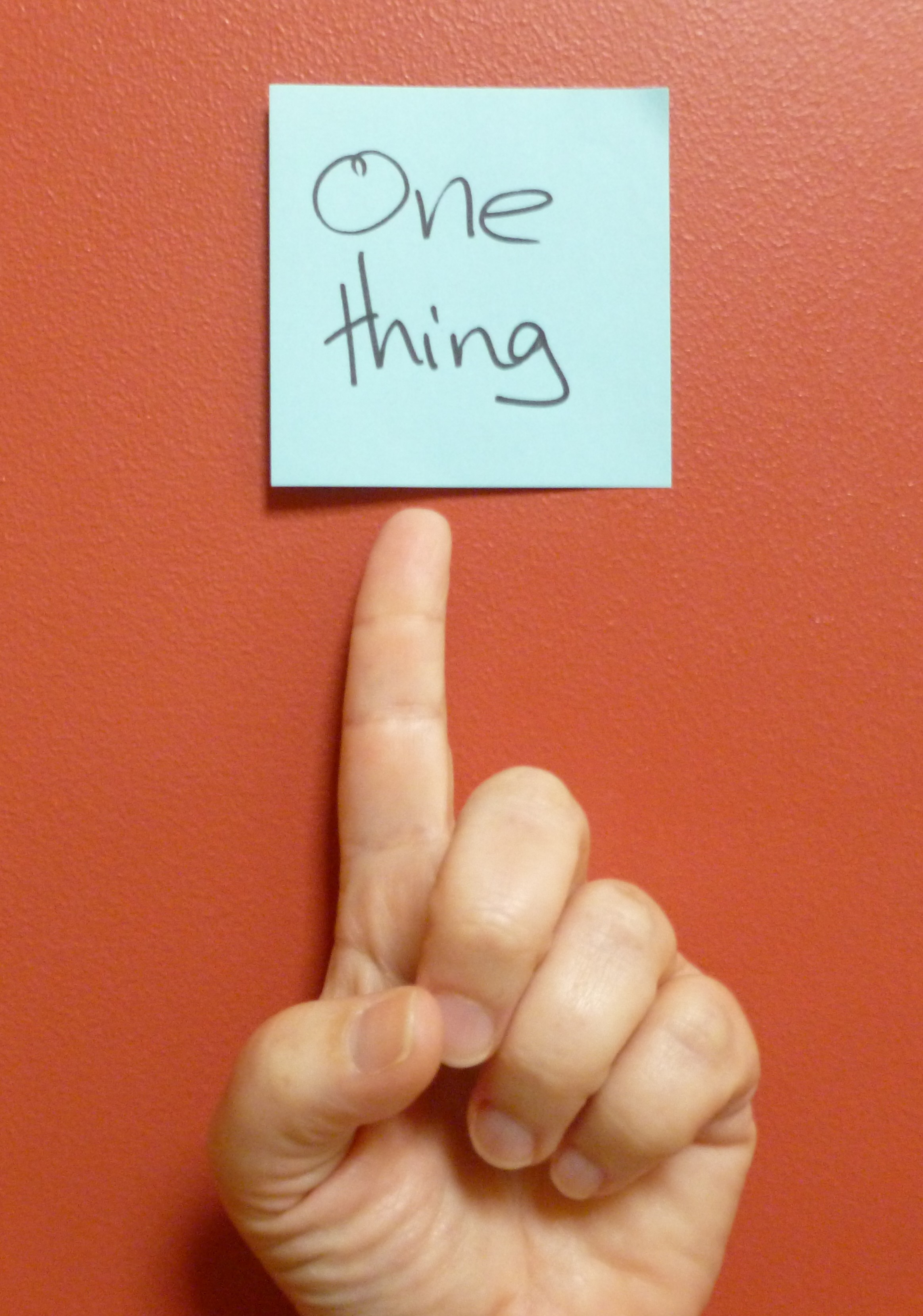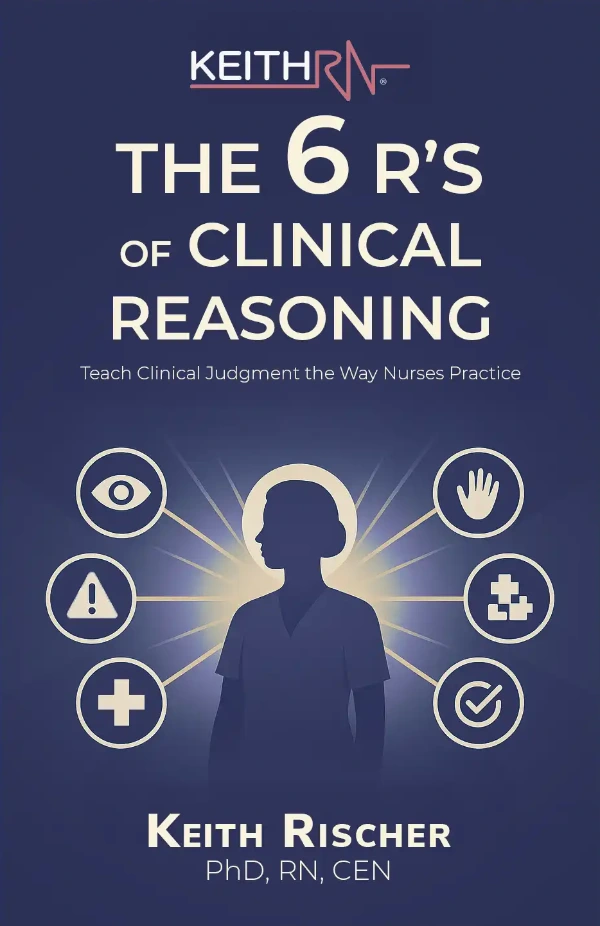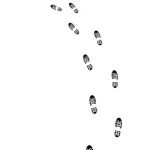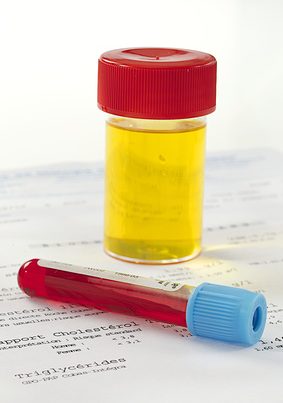
As a nurse who works in the ED of a large metropolitan hospital, we have patients who repeatedly visit for one reason or another. What do we call these patients?
Frequent fliers.
But there is a problem with using this all too common label that represents the one thing a nurse must never do to remain engaged and caring for each patient.
What is it?
Make a judgment about your patient.
The problem is that when an assumption is made, you see the patient differently and it is next to impossible to engage and genuinely care for this patient as a person.
How to Make Caring Practical
Caring is the foundational virtue ethic of the nursing profession and central to all that a nurse does in practice. A nurse who ceases to care becomes a caricature of the profession. Think Nurse Ratched in the classic Jack Nicholson movie “One Flew Over the Cuckoos Nest.”
To better understand the connection between how judging patient influences the nurses’ ability to care, Kristen Swanson’s Empirical Development of a Middle Range Theory of Caring provides needed insight.
Swanson’s caring theory was derived directly from the practice setting. She initiated a qualitative research study and asked women who had recently experienced an infant death, miscarriage or had a critically sick infant a simple question:
“What did the nurse do to communicate that he/she cared for you during this time of loss?”
She developed five qualitative themes, with each theme having several specific caring interventions that the nurse did that communicated caring.
Empathy
The first theme Swanson identified was “Knowing” which focused on the importance of having empathetic understanding.
Empathy is the ability to understand and experience the feelings of another. This is the foundation of all caring behaviors by the nurse.
Caring is a Verb
Caring is not just something the nurse must be; it is also something that needs to be actionable and made practical to the clinical setting.
What did the nurse do to communicate caring under this theme? The nurse avoided making a judgment about the patient. Swanson defined this caring intervention as “avoiding assumptions.”
This is the one thing a nurse must never do.
My Story
Though I know this principle to be true, I did the one thing a nurse must never do and learned a valuable lesson.
I was working in the ED and paramedics brought in a patient who called 9-1-1 because of vague complaints of feeling out of his mind and not quite there. His symptoms were intangible and difficult to interpret.
He had a history of an anxiety disorder, and as I received the report from the paramedics, it was apparent they felt it was much ado about nothing.
I too made this assumption my own and thought his problem was nothing and likely all in his head. As I completed the initial assessment, he remained anxious.
He shared why he was concerned and decided to come into the ED despite the vagueness of his complaints.
His wife died unexpectedly five years ago because of an initial complaint of abdominal pain that was vague and appeared to be nothing but later proved to be cancer and she was dead three months later.
Then he had a brother who had generalized upper back pain that was vague and waited to come into the ED for treatment. It turned out to be an aortic aneurysm that ruptured, and he died suddenly and unexpectedly the next day.
It became clear that he had a reason to be concerned about vague, generalized complaints that turned out to be life-threatening to those whom he loved.
Why the Patient Story Matters
In addition to illustrating the importance of avoiding assumptions, this scenario represents why the nurse must become engaged with the patient to dig deeper and know the patient story.
This is called “framing” and also an essential component of being able to clinically reason and make correct clinical judgments in practice.
The more that is known about your patient, the data that is collected can be put into context and interpreted correctly. Once I had this needed context, I saw everything very differently for the good of the patient!
Go Deeper
I have been using Swanson’s caring framework to help my students understand the importance of caring and how to make it intentional in practice.
I have developed numerous tools including a simple template that had students come into the clinical setting with not only a care plan but a “plan of caring” that was effective to help task-oriented students see the patient.
To learn more and download these tools click the link below:
Big Takeaway
What about you? If you remember nothing else from this blog, what is your big “aha” or takeaway?
YOUR TAKEAWAY ________________
ACTION Step
If there is only ONE thing, you do as a result of reading this blog…
WHAT STEP WILL YOU TAKE? ____________________
Now be bold, hold yourself accountable and share your takeaway or action step at the end of this blog!
In Closing
Be intentional to avoid making assumptions or judgments about any patient. The moment an assumption is made, you cease to authentically care.
Get the bigger patient story as you care for each patient to provide the framing that is needed to put the present in proper context whenever possible.
Do this, and you will be able to authentically care and be a nurse who will genuinely make a difference in all that you do!
Relevant Past Blogs
- Ten Questions to Help Students Care More Like a Nurse
- What Caring and Critical Thinking Have in Common
- Do Nurses and Students Still Value Bedside Care
Comment Question:
What do you do to keep yourself from making assumptions as a nurse?
Comment below and let the conversation begin!
References
Swanson, K. M. (1991). Empirical development of a middle range theory of caring. Nursing Research, 40(3), 161–166.
Keith Rischer – PhD, RN, CEN
As a nurse with over 35 years of experience who remained in practice as an educator, I’ve witnessed the gap between how nursing is taught and how it is practiced, and I decided to do something about it! Read more…
The Ultimate Solution to Develop Clinical Judgment Skills
KeithRN’s Think Like a Nurse Membership
Access exclusive active learning resources for faculty and students, including KeithRN Case Studies, making it your go-to resource.






